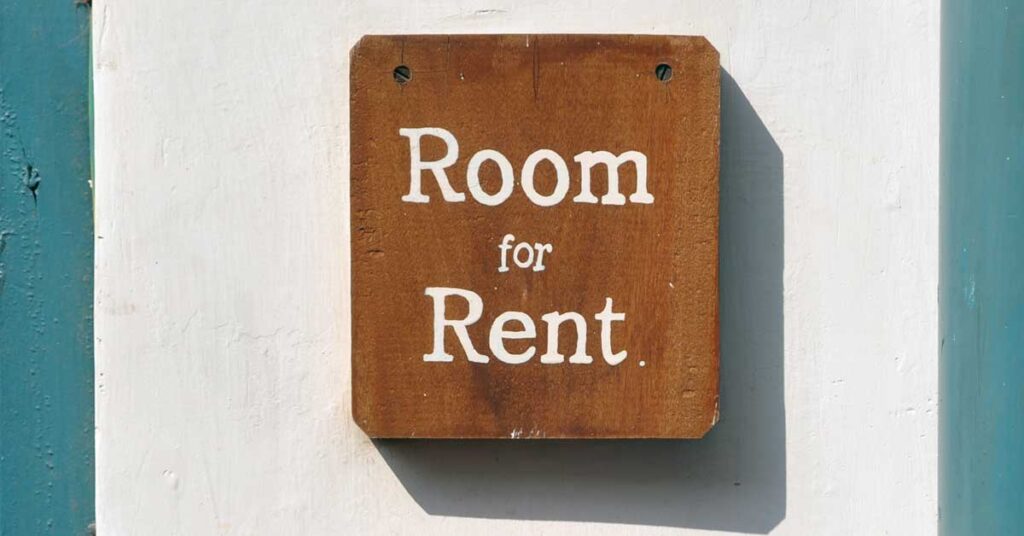There’s a well-known saying that encapsulates the investment strategy of many people on the property ladder: buy where you can afford and rent where you want to live.
‘Rentvesting’, as it’s known, sees a buyer purchase a property to lease to a tenant, while renting their own home elsewhere.
To some, it may sound like the best of both worlds: you get to choose your neighbourhood, while reaping the benefits of income or capital gain from a property situated somewhere that wouldn’t be ideal for your lifestyle.
However, rentvesting is not a strategy that will suit all investors. As with any investment decision, it’s important to consider the pros and cons carefully and decide how they fit with your individual circumstances and needs.
Potential benefits of rentvesting
There are several reasons people choose to rentvest. Here are a few of the main ones:
- Affordability: A lot of people cannot afford to buy in their ideal suburb, but may be able to afford to buy in other geographical areas. The rentvesting strategy may allow them to enter the property market for the first time by purchasing a less expensive house or apartment.
- Flexibility: Rentvesters don’t have to compromise on being close to their work, their kids’ schools and their social networks. They can also live in a home that meets their needs in terms of size and aesthetics, while getting a return on a place that may be perfect for another family, couple or single, but not necessarily their ideal home.
- Wealth generation: a rentvester can build wealth in two ways – through capital gain and by generating more in housing income (rent collected as an investor) than they pay out in housing expenses (rent paid as a tenant, property management fees, maintenance, mortgage repayments). For some, this may be an appealing long-term strategy and offset concerns about paying rent for another, property because there are still gains being made elsewhere.
Potential downsides of rentvesting
Of course, there are also disadvantages associated with reinvesting that should be considered by anyone considering the strategy. A couple of the key ones are:
- Potential unanticipated costs: Sometimes investors can face cashflow problems if they’re suddenly hit with a maintenance bill on top of their ongoing rent and mortgage repayments. While rentvestors will have rental income and can claim certain deductions on their tax, surprise costs associated with owning a home can create financial stress.
- You’re still renting: Ultimately a rentvester is still paying off someone else’s mortgage. This can make it difficult to build wealth, particularly in the short to medium term, if the amount you’re paying in housing expenses exceeds the amount you’re generating in housing income.
Alternatives to rentvesting
Instead of rentvesting, some Australians choose the traditional owner-occupier path to get on the property ladder. This way, they are not paying rent to someone else, but the area they buy in may not be their perfect location.
Others who cannot afford their dream property choose to buy with a family member or friend and split the costs and the returns.
Do your homework
Before going down the rentvesting path, it’s important to do the sums and see if it’s affordable in changing market conditions.
For some, rentvesting will tick the boxes of property ownership and lifestyle, while for others it won’t be the right solution.







